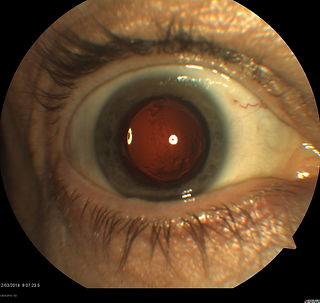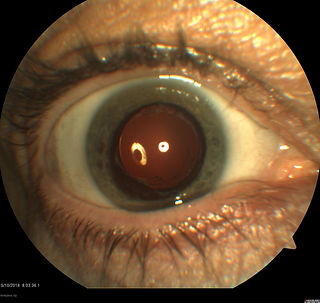YAG Laser Treatment
Eye Conditions
Cataract
CSCR
Diabetic Retinopathy
Epiretinal Membrane
Flashes and Floaters
Glaucoma
Macular Degeneration
Macular Hole
Retinal Detachment
Retinal Vein Occlusion
Uveitis
Vitreomacular Traction
Investigations
Procedures
Laser is a concentrated beam of light of a certain colour, that can deliver high energy to burn or cut tissues in your eye. YAG laser creates pulse waves that can cut tissues without heat. The laser creates a popping noise but usually does not cause pain. It is a safe procedure performed in the clinic, but there is a small risk of causing unintended damage to the cornea, iris, natural lens or the intraocular lens implant. Rarely, YAG laser can cause a retinal tear.
YAG Capsulotomy
A proportion of people who undergo cataract surgery can later develop clouding of the back portion of the lens capsule, causing blurring of vision, haze and glare, much like symptoms caused by cataract. The cloudy capsule can be cut with the YAG laser to create a clear window and restore the vision. Some floaters may appear, which will resolve over time.

Before YAG capsulotomy

After YAG capsulotomy
YAG Iridotomy
If the iris is too close to the cornea, the channel through which the intraocular fluid drains out can become closed. This is called angle closure. Angle closure can lead to an abrupt rise in eye pressure and damage the optic nerve, a potentially painful and blinding condition called acute angle closure glaucoma. Acute angle closure glaucoma is a medical emergency.

YAG laser can be used to create a hole in the iris, through which fluid can flow into the anterior chamber and widen the angle.
YAG Vitreolysis
YAG laser can be used to cut unwanted vitreous. If the lens capsule ruptures during cataract surgery, vitreous can prolapse into the anterior chamber and become caught in the surgical wound tangled around the lens implant. This can cause inflammation and macular swelling. YAG laser can used to free the trapped vitreous strands. YAG laser has also been used to vapourise floaters, which are condensed vitreous gel, with varying success.